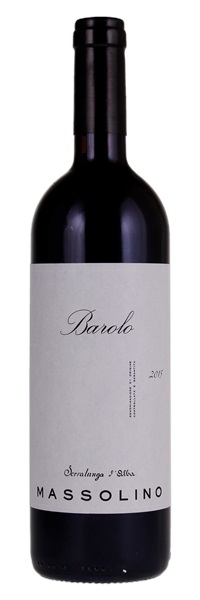Estimate

...full and exuberant expression with a well-defined profile of spice, rusty nail, potting soil and truffle...accessible, soft and delicious from the start.
Very fresh and attractive...abundant red cherries and a wealth of sweet, rose-petal aromas, too. The palate has a very plush, fleshy and juicy core of fruit in the red-cherry zone...tannins are velvety and long.
...opens with a lovely fragrance of rose petal, red berry and baking spice. Bright and juicy, the polished palate offers crushed raspberry, cinnamon and star anise alongside taut, refined tannins.
...bright and beautifully focused, with lovely red berry, orange peel and floral character. Medium in body, translucent and gracious...very pretty, classy wine...
Lean, yet evocative of cherry, strawberry, earth and tobacco notes...featuring a good dose of bracing acidity, with firm, dusty tannins.
Fresh, savoury-spicy nose that is a little peppery as well as voluminous. Succulent fruit matched by fine, tannic grip. Elegant as well as gripping on the finish.